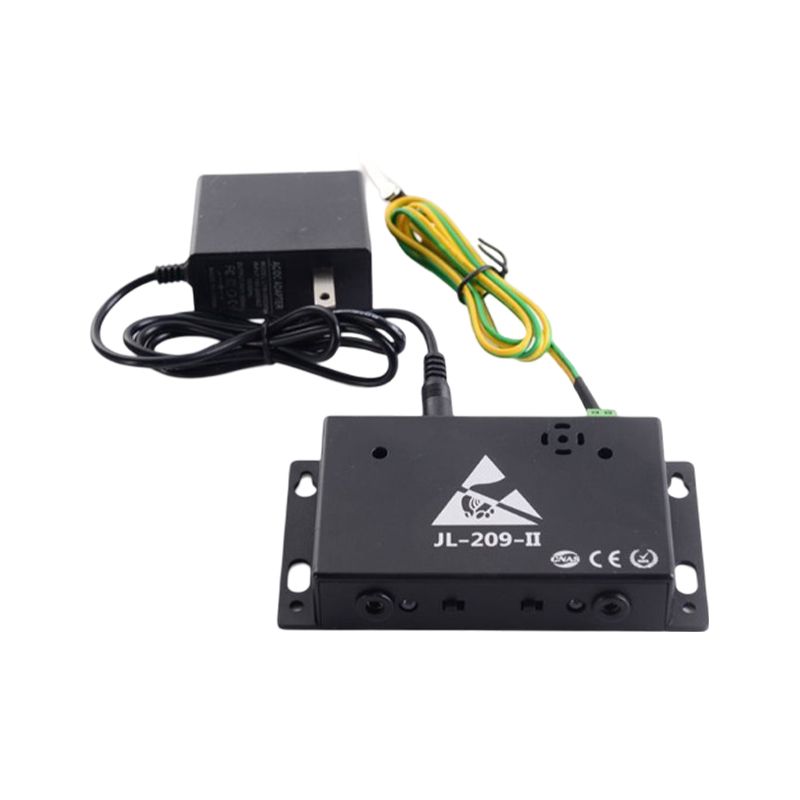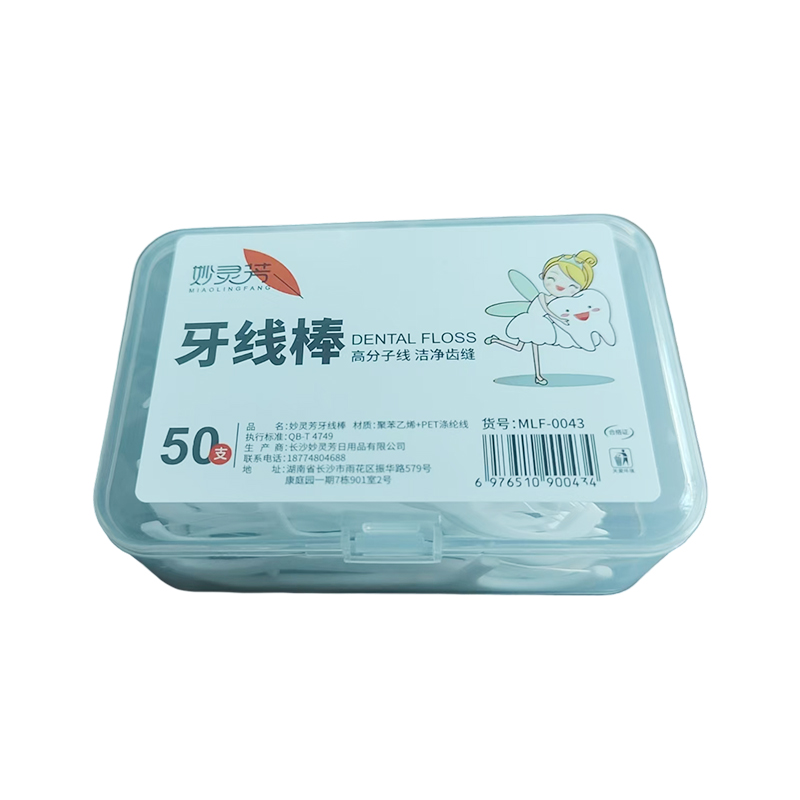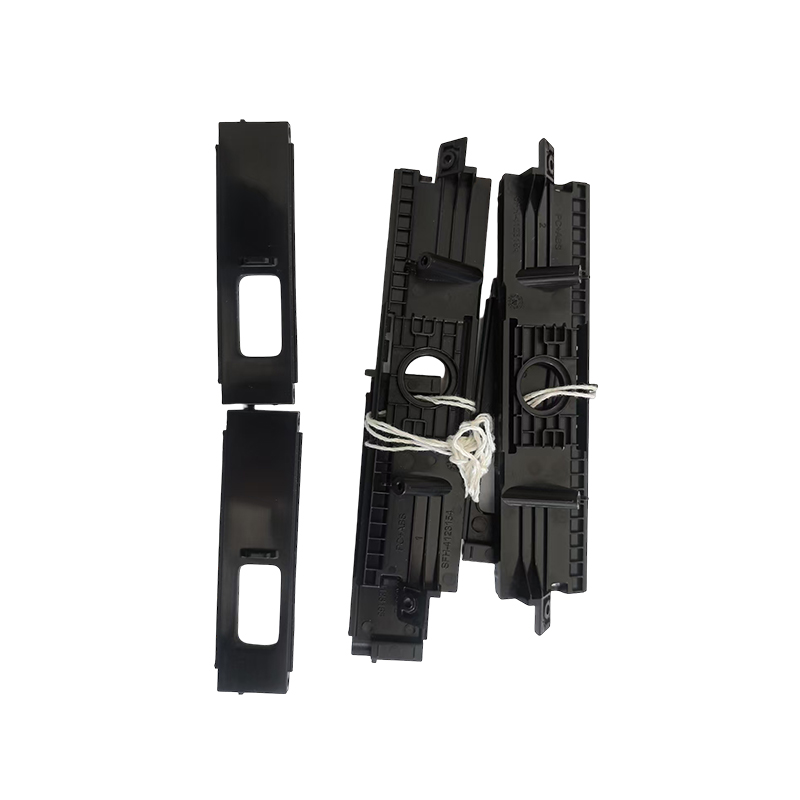What protective measures should be taken when using a metal shell static wrist strap alarm in a low temperature and humid environment?
Release Time : 2025-06-05
When using the metal shell static wrist strap alarm in a low temperature and humid environment, comprehensive protection measures need to be taken from multiple aspects such as the protection of the device itself, environmental adaptability adjustment, line maintenance, and operating specifications to ensure its stable performance and reliable alarm function, and avoid equipment failure or false alarms caused by environmental factors.
Low temperature environment may cause the performance of the internal electronic components of the alarm to decline, such as battery capacity attenuation and brittleness of the circuit board material. Therefore, the first thing to pay attention to is the insulation measures of the equipment. You can add an insulating and heat-insulating shell to the alarm, and choose materials with low temperature resistance, such as silicone rubber or special engineering plastics, to wrap it on the outside of the metal shell to reduce the direct impact of the external low temperature on the internal components. At the same time, when the device is not in use, it should be stored in an environment with relatively stable temperature to avoid long-term exposure to extreme low temperatures, especially to avoid direct contact with objects with strong thermal conductivity such as metals, to prevent condensation on the surface of the device or internal condensation.
A humid environment can easily cause circuit short circuits or rust of metal parts, affecting the conductivity and sensitivity of the metal shell static wrist strap alarm. For the metal shell of the alarm, moisture-proof sealing treatment should be done. Waterproof tape or sealant can be used at the seams and interfaces of the shell to ensure the overall sealing of the shell and prevent moisture from penetrating into the internal circuit. In addition, regularly check whether the coating on the surface of the shell is intact. If the coating peels off or rusts, it should be repainted or replaced in time to avoid direct contact between the metal and humid air and delay the rust process.
The line connection part of the alarm is prone to poor contact in a low temperature and humid environment. Whether it is the connection line between the wristband and the alarm, or the grounding line between the alarm and the grounding system, it needs to be checked and maintained regularly. Insulating waterproof tape can be used to wrap the line connector to prevent moisture from invading and causing line oxidation or short circuit. At the same time, ensure that the line direction is reasonable to avoid line breakage due to excessive bending or stretching in a low temperature environment, especially rubber cables, which will become hard and brittle at low temperatures, and need to be protected more carefully to minimize frequent movement or bending.
Low temperature and humid environment may affect the battery life of the alarm. If the device is powered by a battery, a low-temperature resistant battery type should be selected, such as a lithium polymer battery, and the battery power should be checked regularly. When the battery power is low, replace it in time to avoid the alarm not working properly due to the degradation of battery performance. At the same time, the battery compartment also needs to be moisture-proof. You can put a moisture-proof agent and ensure that the battery compartment cover is well sealed to prevent moisture from entering and corroding the battery contacts.
When the operator uses the alarm in a low-temperature and humid environment, he must pay attention to standardized operation. Before wearing an anti-static wrist strap, make sure your wrist is dry to avoid poor contact between the wrist strap and the skin due to damp hands, which affects the static discharge effect. At the same time, the operator's work clothes should also be made of anti-static and moisture-proof materials to avoid moisture or static electricity on the clothes interfering with the normal operation of the alarm. During operation, try to minimize direct contact with the alarm, especially when your hands are wet, to prevent moisture from entering the device through the operating buttons or interfaces.
Regularly testing and calibrating the metal shell static wrist strap alarm is an important measure to deal with low-temperature and humid environments. Environmental changes may cause the alarm threshold of the alarm to shift, so it is necessary to calibrate it regularly using standard test equipment to ensure that it can accurately alarm within the set static voltage range. During the test, it is necessary to simulate the working conditions in a low temperature and humid environment, check whether the alarm response speed, alarm sound or indicator light are normal, and promptly discover and deal with potential performance problems.
In addition, attention should be paid to the environmental control of the entire work area. When possible, the temperature and humidity of the workplace should be controlled, and the temperature and humidity should be maintained within the appropriate working range of the alarm using air conditioners, dehumidifiers and other equipment. For example, the air humidity can be reduced by using a dehumidifier to reduce the possibility of condensation on the surface of the equipment; the local ambient temperature can be increased by using a heating device to avoid the impact of low temperature on electronic components. Reasonable environmental control can not only extend the service life of the alarm, but also improve the reliability of the entire electrostatic protection system and ensure production safety.
In short, when using metal shell static wrist strap alarm in a low temperature and humid environment, it is necessary to take detailed and comprehensive protective measures from multiple dimensions such as equipment protection, line maintenance, battery management, operating specifications, and environmental control. By strengthening the sealing of the equipment, doing a good job of heat preservation and moisture-proof treatment, regular maintenance and functional calibration, and standardizing the use habits of operators, we can effectively cope with the challenges of harsh environments, ensure that the alarm is always in a stable and reliable working state, and play its key role in electrostatic protection.







